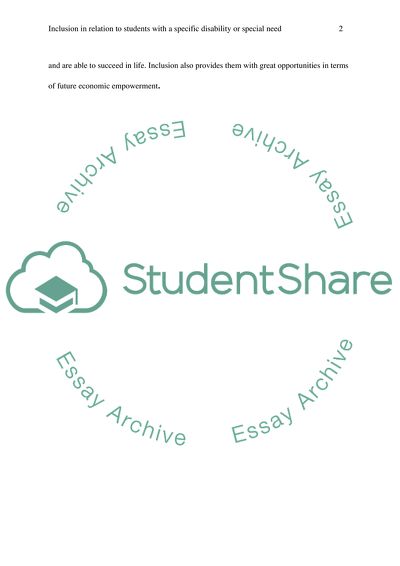Cite this document
(Inclusion in Relation to Students with a Specific Disability or Coursework, n.d.)
Inclusion in Relation to Students with a Specific Disability or Coursework. Retrieved from https://studentshare.org/health-sciences-medicine/1799472-vision-impairment
Inclusion in Relation to Students with a Specific Disability or Coursework. Retrieved from https://studentshare.org/health-sciences-medicine/1799472-vision-impairment
(Inclusion in Relation to Students With a Specific Disability or Coursework)
Inclusion in Relation to Students With a Specific Disability or Coursework. https://studentshare.org/health-sciences-medicine/1799472-vision-impairment.
Inclusion in Relation to Students With a Specific Disability or Coursework. https://studentshare.org/health-sciences-medicine/1799472-vision-impairment.
“Inclusion in Relation to Students With a Specific Disability or Coursework”. https://studentshare.org/health-sciences-medicine/1799472-vision-impairment.


